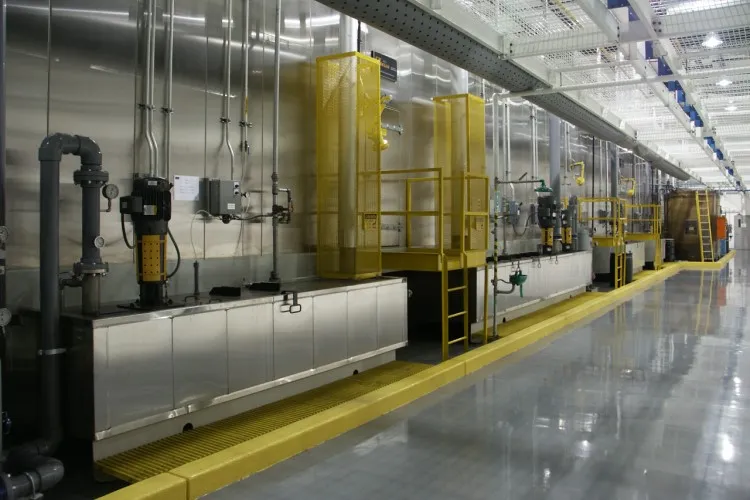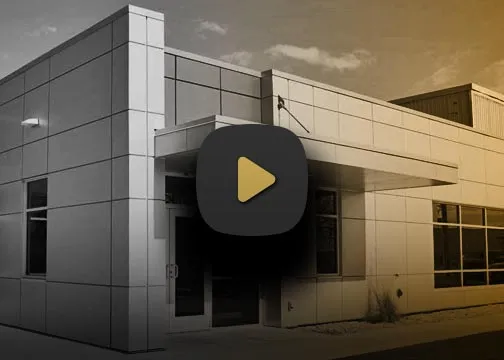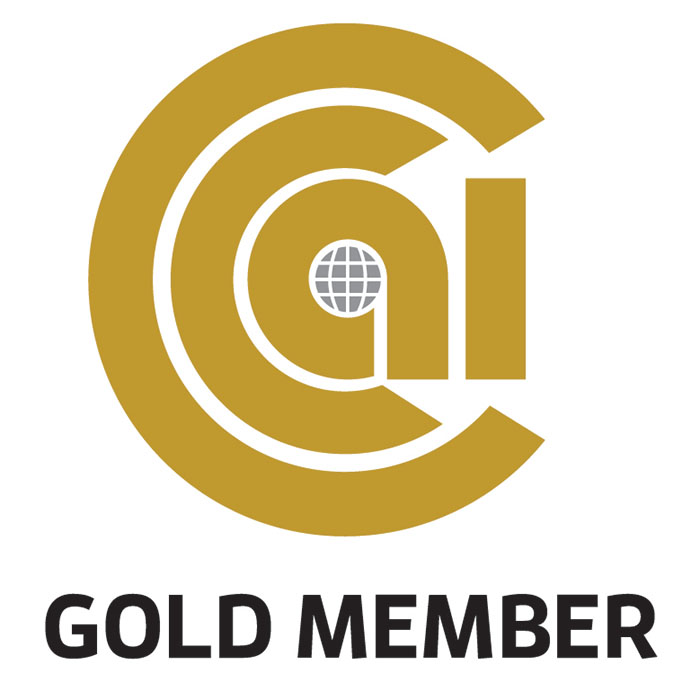Conveyorized Pretreatment Spray Washers
Conveyorized pretreatment spray washers are not “one size fits all.” In fact, they are all unique to each product and volume requirement. Once they are designed and installed, it is cost-prohibitive to make large changes because this usually involves lengthy downtime for the paint line. Careful consideration has to be given to every detail from the ground up.
Belco Industries has been for over 60 years and has the expertise to guide you through the process of a washer design.
We will only be considering the aspects that contribute to the length of the washer. What type of requirements are there for the end product? Does the quality requirement include an ‘A’ class surface, ‘B’ class surface, or ‘C’ class surface? Is there performance specification such as adhesion, salt spray, or humidity? How many stages are there and what will be the required length for each?
Pretreatment & Cleaning
The product substrate is one of the key factors. Each type of substrate may have different pretreatment requirements and/or options to be considered. A chemical supplier can help to navigate through these requirements and also test samples.
Typical cleaning chemicals used for cleaning are alkaline, acid pickling, and acid etch (for aluminum). They are usually a high pH alkaline or a mid to low acid pH.
Conversion chemicals are usually iron phosphate, zinc phosphate, zirconium, vanadium, titanium, silane, and chrome or titanium-aluminum-fluoride polymer (for aluminum). These usually have a mid-range acidic pH.
The sealers are slightly acidic and are usually fluoride salts or metal ions such as zirconium, titanium, and molybdenum. The sealer fills in voids in the conversion coat and helps to prevent flash rusting before the product is fully dried.
The soil on the product can add to the length of the washer. Considerations are excessive water-soluble oils, drawing compounds, hot roll steel impurities, carbon smut, and laser scale.
Eliminate Contamination & Expensive Retrofitting
Belco Industries’ knowledge to design a very effective washer to help eliminate contamination has been proven invaluable to our customers.
Is there a desire to use environmentally “green” conversion chemicals? Many industries require specific pretreatment chemicals. However, over the course of time, this can and will change. A good example of this might be an iron phosphate system that can be converted in the future to a zirconium oxide system (Next Generation Pretreatment).
In this particular case, by adding an additional rinse stage after the cleaner stage one can eliminate an expensive retrofit to the washer and the expense of lost revenue from downtime. The extra rinse would also enhance an iron phosphate system.
What is the area in the plant that is available to install the washer? Please try not to compromise on this. It can cause very unsatisfactory results that may cost more from quality issues or even higher chemical usage.
We have explored many predesign conditions for the washer length. Now we can look at the physical inputs that make up the length of the washer. First, we need to determine the product size and quantity traveling down the conveyor.
The Appropriate Calculations
Unless you have only one product, it is a good idea to set up a part matrix to determine the quantity and length of the products that will be traveling down the conveyor line. An additional distance will be required for clearance between each part for painting. The most critical dimensions are the maximum height and length of the product.
The length of each stage is defined by the center point of the first riser to the center point of the last riser. The calculated length is based on the number of seconds, times, the determined conveyor line speed.
Drain zone length is not relatively so easy to determine. There are several factors to contemplate to come up with a suitable length. The length of the drain zone is defined by the center point of the last riser from the previous stage to the center point of the first riser in the following stage. Product height should also be considered to prevent cross-contamination between stages.
Usually, the rule of thumb is the minimum length of a drain zone for proper drainage is 30 to 60 seconds depending on the product’s shape and length. Longer products require a minimum of 24” plus the product length, riser center to riser center.
If the longer products are only 5-10% of the product mix, one might want to compromise to the next highest volume part. Example: A 12’ long part would require a 14’ drain zone and the next highest volume part is 8’ which requires a 10’ long drain zone. On a five-stage washer, this can reduce the length by 20’.
The entrance and exit vestibules’ main function is to prevent atomize chemical vapors from escaping the washer and going into the plant. The vestibule also helps to contain fluids from flowing from the product to the plant floor. If the product is excessively long, a drain pan can be extended out to the front and rear of the washer to contain cascading fluids. The extended drain pans return fluids to the respective washer tank.
If you want to learn more about conveyorized pretreatment spray washers, give Belco Industries a call today at (616) 794-0410.


